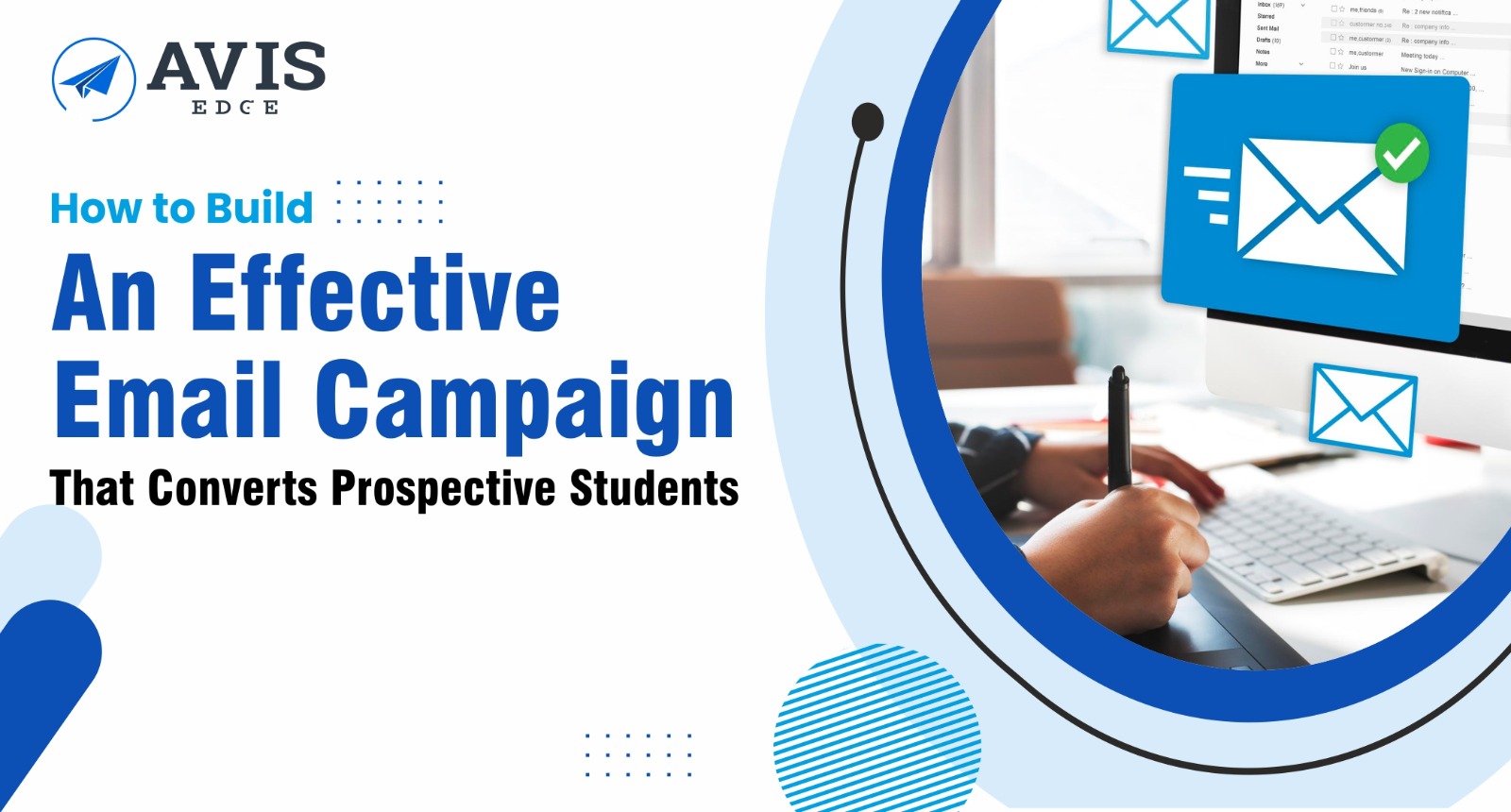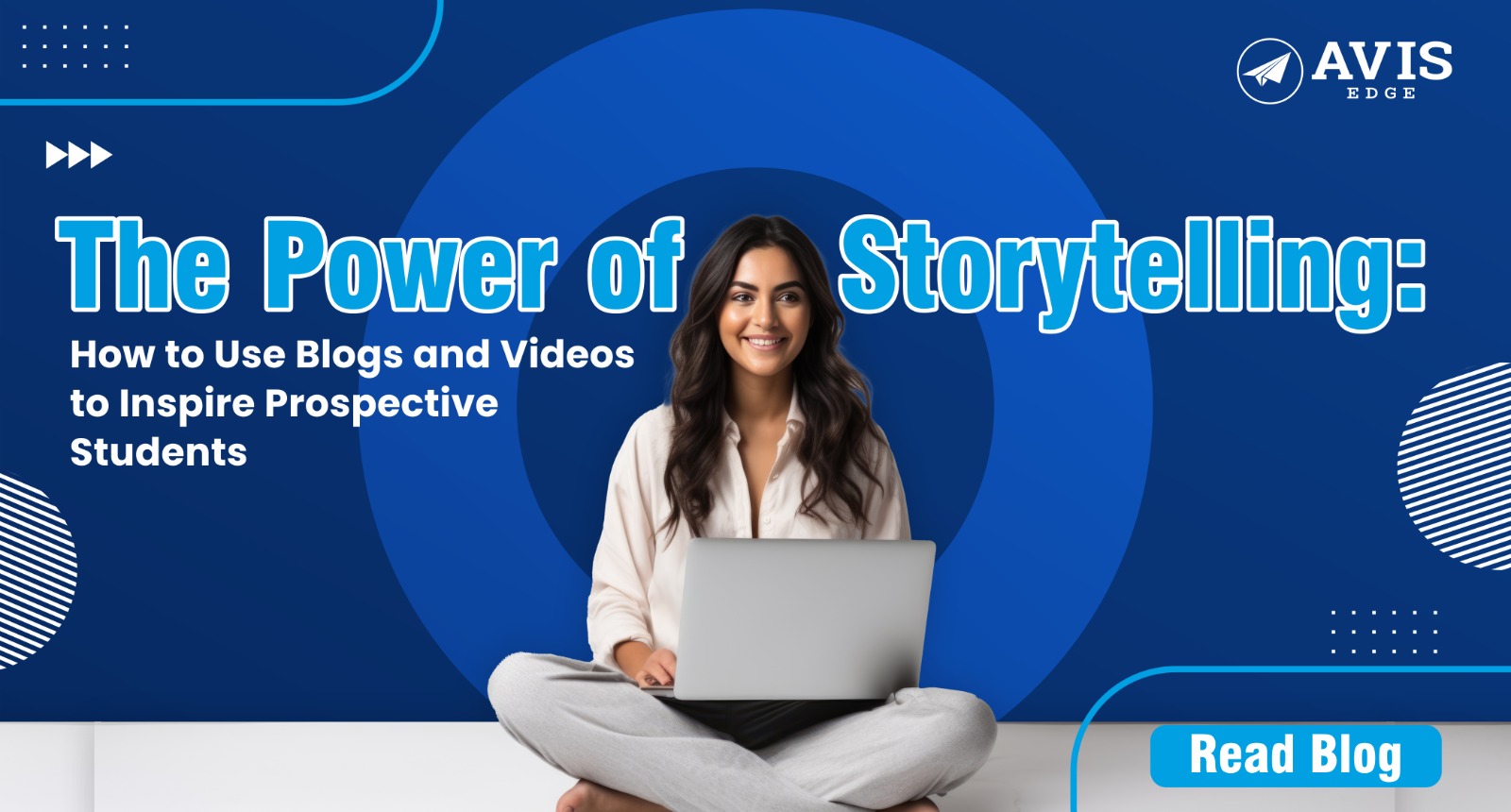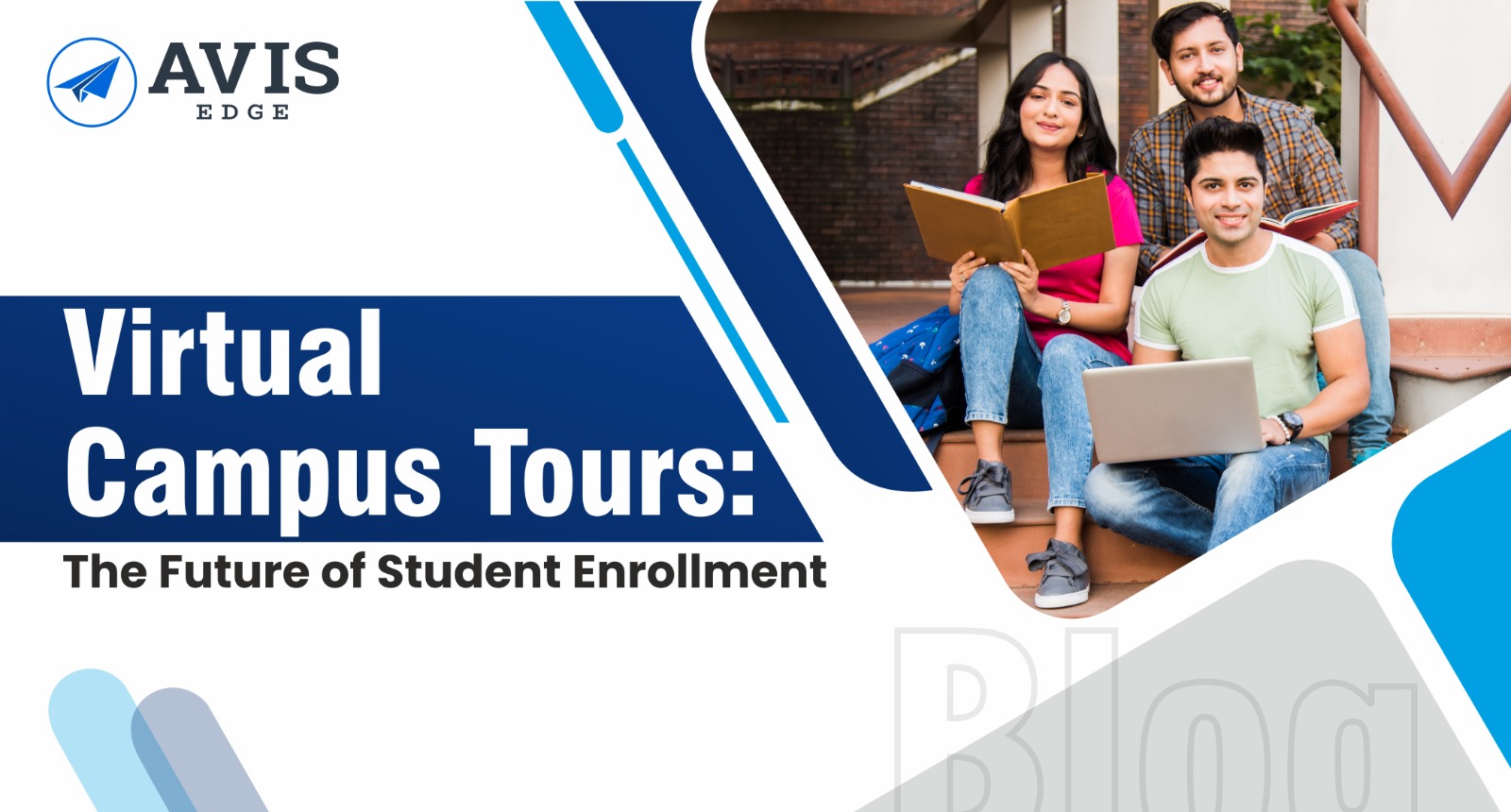
In today's digital age, email marketing remains one of the most effective tools for educational institutions to engage with prospective students. With the right strategy, universities and colleges can create compelling email campaigns that not only capture attention but also convert inquiries into enrollments. This blog will outline the essential steps to building an effective email campaign tailored for educational institutions, focusing on best practices that drive engagement and conversions.
1. Define Your Campaign Goals
Before launching any email campaign, it is crucial to establish clear objectives. What do you want to achieve? Common goals for educational email campaigns include:
- Increasing enrollment rates
- Promoting specific programs or events
- Encouraging participation in campus activities
- Building relationships with alumni
Setting specific, measurable goals will help you determine the key performance indicators (KPIs) to track your progress. For example, if your goal is to increase enrollment, you might focus on metrics such as application completion rates and conversion rates from inquiries.
2. Identify Your Target Audience
Understanding your target audience is essential for crafting relevant content that resonates with prospective students. Your audience may include:
- High school students considering college
- Transfer students looking for new opportunities
- Adult learners seeking continuing education
- Parents of prospective students
Once you identify your audience segments, take the time to understand their needs, interests, and challenges. This insight will enable you to create personalized emails that speak directly to their concerns and aspirations.
3. Build and Segment Your Email List
A well-curated email list is the foundation of any successful email campaign. Here are some effective methods for building your list:
- Campus Events: Collect email addresses during campus tours, open houses, or college fairs.
- Lead Magnets: Offer valuable resources such as downloadable brochures, academic program guides, or newsletters in exchange for email sign-ups.
- Website Sign-Up Forms: Include easily accessible sign-up forms on your website where visitors can subscribe to receive updates.
Once you have a substantial list, segment it based on various criteria such as interests, demographics, or engagement levels. Segmentation allows you to send targeted messages that are more likely to resonate with specific groups.
4. Craft Compelling Subject Lines
The subject line is the first thing recipients see when they receive your email, making it critical for driving open rates. Here are some tips for crafting effective subject lines:
- Be Clear and Concise: Communicate the purpose of the email in a straightforward manner.
- Create Urgency: Use time-sensitive language to encourage immediate action (e.g., "Last Chance to Apply: Deadline Approaching!").
- Personalize When Possible: Including the recipient's name or relevant details can increase open rates (e.g., "John, Discover Your Future at [University Name]").
Testing different subject lines through A/B testing can help identify what resonates best with your audience.
5. Design Engaging Email Content
Once your subject line has captured attention, the content of your email must maintain interest and drive action. Here are key elements to consider:
- Personalization: Go beyond just addressing recipients by their names. Tailor content based on their interests or previous interactions with your institution.
- Clear Messaging: Keep your message concise and focused on a single call-to-action (CTA). Whether it's applying for admission or signing up for an event, ensure that the CTA stands out.
- Visual Appeal: Incorporate images, videos, or infographics that complement your message and enhance engagement. Visual content can be particularly effective in showcasing campus life or student experiences.
6. Automate Your Campaigns
Email automation allows you to send timely messages based on user behavior without manual intervention. Consider implementing automation for:
- Welcome Emails: Send an automated welcome email immediately after someone subscribes to your list, providing them with essential information about your institution.
- Nurture Sequences: Create a series of automated emails that guide prospective students through the enrollment process, providing valuable information at each stage.
- Event Reminders: Set up automated reminders for upcoming events or deadlines to keep potential students informed and engaged.
Automation streamlines communication while ensuring that prospective students receive timely information relevant to their journey.
7. Monitor Performance Metrics
Tracking performance metrics is essential for evaluating the success of your email campaigns. Key metrics to monitor include:
- Open Rates: The percentage of recipients who opened your email.
- Click-Through Rates (CTR): The percentage of recipients who clicked on links within your email.
- Conversion Rates: The percentage of recipients who completed a desired action (e.g., submitting an application).
- Unsubscribe Rates: The percentage of recipients who opted out of receiving future emails.
Analyzing these metrics will help you identify areas for improvement and optimize future campaigns accordingly.
8. Test and Optimize
Continuous improvement is key to successful email marketing. Regularly conduct A/B tests on various elements of your emails—such as subject lines, content formats, CTAs, and sending times—to determine what works best for your audience.
Based on test results and performance metrics, refine your strategies over time. This iterative approach allows you to adapt to changing preferences and improve overall engagement rates.
Conclusion
Building an effective email campaign that converts prospective students requires careful planning, targeted messaging, and continuous optimization. By defining clear goals, understanding your audience, crafting compelling content, and leveraging automation tools, educational institutions can create impactful campaigns that drive enrollment growth.
As competition in higher education intensifies in 2025 and beyond, adopting a strategic approach to email marketing will be essential for attracting and retaining top talent.
Ready to enhance your institution's email marketing strategy?





